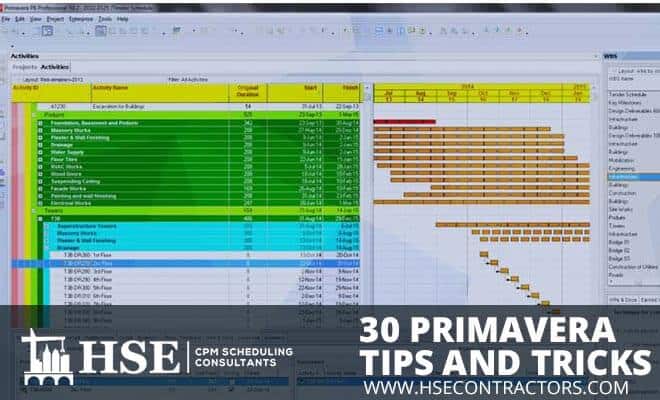

(FDH) directed Lockheed Martin Hanford Corporation (LNMC) to initiate development of a project plan in a letter dated February 25, 1998, Direction for Development of an Aggressive Single-Shell Tank (SST) Interim Stabilization Completion Project Plan in Support of Hanford Federal Facility Agreement and Consent Order (Tri-Party Agreement). In a letter dated February 10, 1998, Final Determination Pursuant to Hanford Federal Facility Agreement and Consent Order (Tri-Party Agreement) in the Matter of the Disapproval of the DOE`s Change Control Form M-41-97-01 (Fitzsimmons 1998), Ecology disapproved the DOE Change Control Form M-41-97-01.

In the summer of 1997, the US Department of Energy (DOE) placed a moratorium on the startup of additional saltwell pumping systems because of funding constraints and proposed modifications to the Hanford Federal Facility Agreement and Consent more » Order (Tri-Party Agreement) milestones to the Washington State Department of Ecology (Ecology). The remaining 29 tanks will be interim stabilized by saltwell pumping.

One of these tanks (C-106) will be stabilized by retrieval of the tank contents. To date, 119 tanks have had most of the pumpable liquid removed by interim stabilization. Solid and liquid radioactive waste continues to be stored in 149 single-shell tanks at the Hanford Site. The results were merged with the output from other evaluations to form HNF-1945, Tank Waste Remediation System Retrieval and Disposal Mission Key Enabling Assumptions. Department of Energy (DOE), and previous Hanford contractors. An independent review appraisal of technical plans and processes was also conducted utilizing experienced senior personnel both active and retired from Fluor Daniel Hanford, Inc. The modeling was focused on low-activity waste (LAW) and high-level waste (HLW) feed delivery, infrastructure, and immobilized waste storage and disposal, and compiled at the total Phase 1B Retrieval and Disposal program. The results have been modeled using a Monte Carlo type simulation and are included in Section 4.0 Analysis. The process evaluated technical, schedule, and cost risk by category (program specific fixed and variable, integrated program, and programmatic) based on risk certainly from high probability well defined to very low probability that is not bounded or priceable as discussed in Section 2.2. Independent cost analysis and risk assessments were performed by members of the Lockheed Martin Hanford Corporation (LMHC) Business Management and Chief Financial Officer organization along with specialists in risk analysis from TRW, Inc. Detailed reviews at the subactivity within the Level 1 Logic TBR levels were conducted to provide the recommended solution to the Phase 1B Retrieval and Disposal Mission. This process is discussed in Section 2.1. Technical Basis Review (TBR) packages were prepared which include this information and, in addition, defined the enabling assumptions for each task, and the risks associated with performance. Program and Level 1 Logics were decomposed to Level 8 of the Work Breakdown Structure (WBS) where logic was detailed, scope was defined, detail durations and estimates prepared, and resource loaded schedules developed. A sound systems engineering approach was applied to understand and analyze the Phase 1B Retrieval and Disposal mission. The analysis then evaluates the executability of HNF-1946 (Sections 4.2 through 4.5) and recommends a path forward for risk mitigation (Sections 4.6, more » 4.7, and 5.0).

The Updated Baseline (Section 3.0) is compared to the current TWRS Project Multi-Year Work Plan (MYWP) for fiscal year (FY) 1998 and target budgets for FY 1999 through FY 2011 (Section 4.1). The purpose of the Tank Waste Remediation System (TWRS) Retrieval and Disposal Mission Phase 1 Financial Analysis is to provide a quantitative and qualitative cost and schedule risk analysis of HNF-1946, Tank Waste Remediation System Retrieval and Disposal Mission Initial Updated Baseline (Swita et al.


 0 kommentar(er)
0 kommentar(er)
